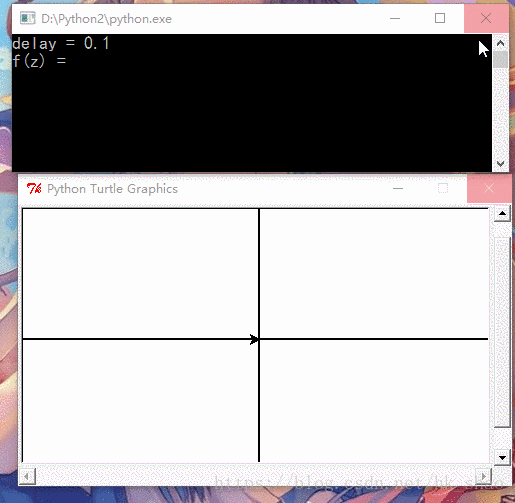Pyhton中防止SQL注入的方法
复制代码 代码如下:
c=db.cursor()
max_price=5
c.execute("""SELECT spam, eggs, sausage FROM breakfast
WHERE price < %s""", (max_price,))
注意,上面的SQL字符串与后面的tuple之间的分隔符是逗号,平时拼写SQL用的是%。
如果按照以下写法,是容易产生SQL注入的:
复制代码 代码如下:
c.execute("""SELECT spam, eggs, sausage FROM breakfast
WHERE price < %s""" % (max_price,))
这个和PHP里的PDO是类似的,原理同MySQL Prepared Statements。
Python
Using the Python DB API, don't do this:
# Do NOT do it this way.
复制代码 代码如下:
cmd = "update people set name='%s' where id='%s'" % (name, id) curs.execute(cmd)
Instead, do this:
复制代码 代码如下:
cmd = "update people set name=%s where id=%s" curs.execute(cmd, (name, id))
Note that the placeholder syntax depends on the database you are using.
复制代码 代码如下:
'qmark' Question mark style, e.g. '...WHERE name=?' 'numeric' Numeric, positional style, e.g. '...WHERE name=:1' 'named' Named style, e.g. '...WHERE name=:name' 'format' ANSI C printf format codes, e.g. '...WHERE name=%s' 'pyformat' Python extended format codes, e.g. '...WHERE name=%(name)s'
The values for the most common databases are:
复制代码 代码如下:
>>> import MySQLdb; print MySQLdb.paramstyle format >>> import psycopg2; print psycopg2.paramstyle pyformat >>> import sqlite3; print sqlite3.paramstyle qmark
So if you are using MySQL or PostgreSQL, use %s (even for numbers and other non-string values!) and if you are using SQLite use ?
